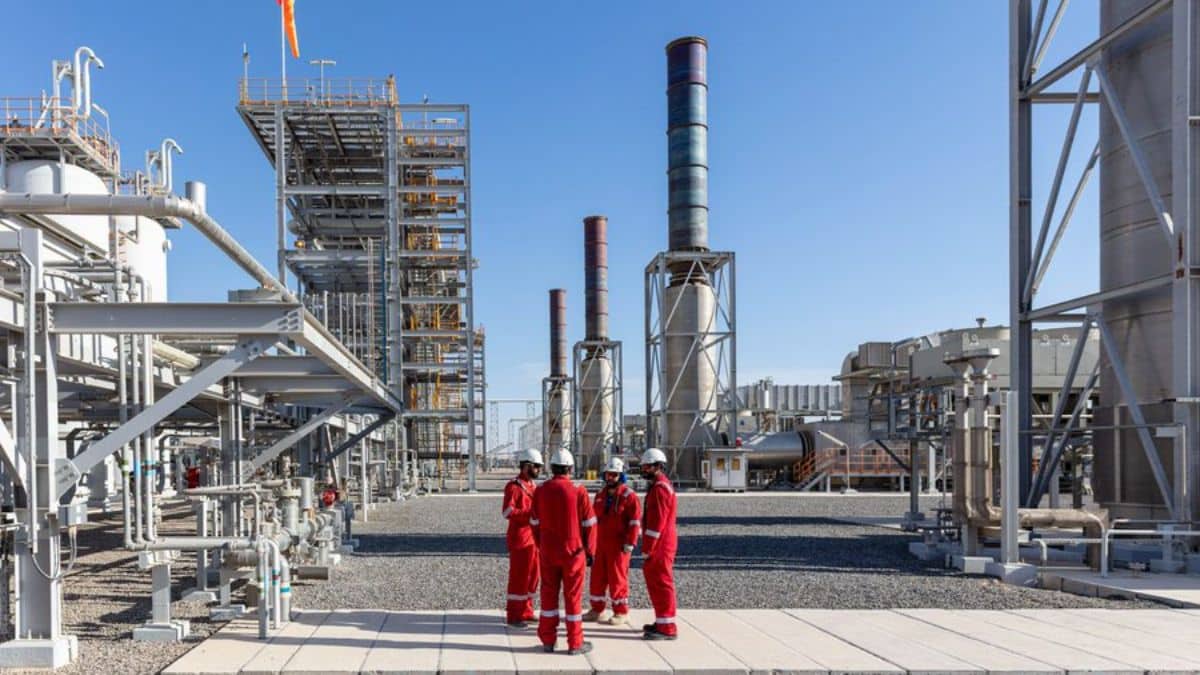 Image credits- Qatar News Agency
Image credits- Qatar News Agency
The rise in Oman oil prices is attributed to a combination of factors including geopolitical tensions, fluctuations in supply, and shifts in global demand. Analysts have observed that recent geopolitical events, particularly in key oil-producing regions, have introduced uncertainties that influence market stability. These tensions often lead to volatility in oil prices, as traders anticipate potential disruptions in supply chains.
Recent geopolitical developments, particularly in key oil-producing regions, have contributed to the volatility. Conflicts and political instability can disrupt supply chains, leading to reduced output and increased prices. The global oil market is experiencing shifts in supply and demand. Factors such as production cuts by major oil producers, changes in consumption patterns due to economic recovery post-pandemic, and seasonal variations in energy demand play a crucial role.
Additionally, recent changes in production levels from major oil-exporting countries have contributed to the price increase. Adjustments in output levels by the Organization of the Petroleum Exporting Countries (OPEC) and allied nations can significantly impact oil prices. Recent agreements among these nations to either cut or increase production have been pivotal in shaping the current price trajectory.
The impact of this price increase is multifaceted. For oil-exporting countries like Oman, higher prices can lead to increased revenues, which may bolster national economies and enable greater investment in public services and infrastructure. Conversely, for oil-importing nations, rising costs can lead to higher energy expenses, potentially contributing to inflationary pressures and affecting overall economic stability.
Market analysts suggest that the trajectory of oil prices will continue to be influenced by ongoing geopolitical developments and adjustments in global production levels. As such, stakeholders in the energy sector and related industries will be closely monitoring these factors to navigate the evolving landscape of global oil markets.
